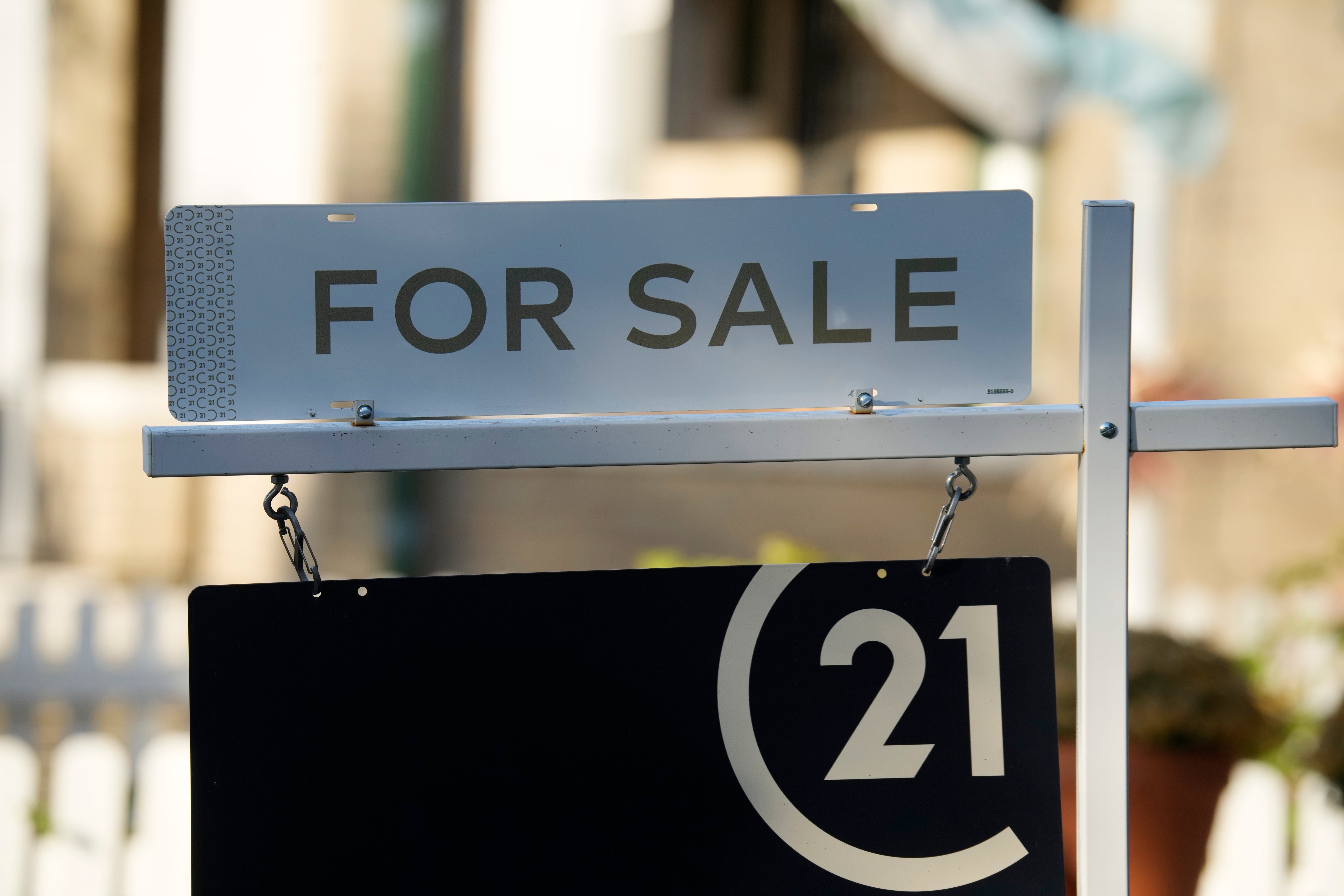The average long-term US mortgage rate falls to 7.5% in second-straight weekly drop
The average rate on the benchmark 30-year home loan fell for the second week in a row, positive news for prospective homebuyers after rates touched a 22-year high just last month

Your support helps us to tell the story
From reproductive rights to climate change to Big Tech, The Independent is on the ground when the story is developing. Whether it's investigating the financials of Elon Musk's pro-Trump PAC or producing our latest documentary, 'The A Word', which shines a light on the American women fighting for reproductive rights, we know how important it is to parse out the facts from the messaging.
At such a critical moment in US history, we need reporters on the ground. Your donation allows us to keep sending journalists to speak to both sides of the story.
The Independent is trusted by Americans across the entire political spectrum. And unlike many other quality news outlets, we choose not to lock Americans out of our reporting and analysis with paywalls. We believe quality journalism should be available to everyone, paid for by those who can afford it.
Your support makes all the difference.The average rate on the benchmark 30-year home loan fell for the second week in a row, positive news for prospective homebuyers after rates touched a 22-year high just last month.
The latest decline brought the average rate on a 30-year mortgage down to 7.5% from 7.76% last week, mortgage buyer Freddie Mac said Thursday. A year ago, the rate averaged 7.08%.
As mortgage rates rise, they can add hundreds of dollars a month in costs for borrowers, limiting how much they can afford in a market already out of reach for many Americans. They also discourage homeowners who locked in far lower rates two years ago, when they were around 3%, from selling.
The combination of rising mortgage rates and home prices have weighed on sales of previously occupied U.S. homes, which fell in September for the fourth month in a row, grinding to their slowest pace in more than a decade.
This average rate on a 30-year mortgage is now at the lowest level it's been since the first week of October, when it was 7.49%.
Borrowing costs on 15-year fixed-rate mortgages, popular with homeowners refinancing their home loan, also declined, with the average rate falling to 6.81% from 7.03% last week. A year ago, it averaged 6.38%, Freddie Mac said.
The average rate on a 30-year home loan climbed above 6% in September 2022 and has remained above that threshold since, reaching 7.79% two weeks ago. That was the highest average on record going back to late 2000.
Rates have risen along with the 10-year Treasury yield, which lenders use as a guide to pricing loans. Investors’ expectations for future inflation, global demand for U.S. Treasurys and what the Fed does with interest rates can influence rates on home loans.
The yield on the 10-year Treasury had been rising in recent weeks, jumping to more than 5% two weeks ago, its highest level since 2007, as bond traders responded to signals from the Federal Reserve that the central bank might have to keep its key short-term rate higher for longer in order to tame inflation.
But long-term bond yields have been easing since last week, when the Federal Reserve opted against raising its main interest rate for a second straight policy meeting.
The yield was at 4.54% in midday trading Thursday. It was at roughly 3.50% in May and just 0.50% early in the pandemic.